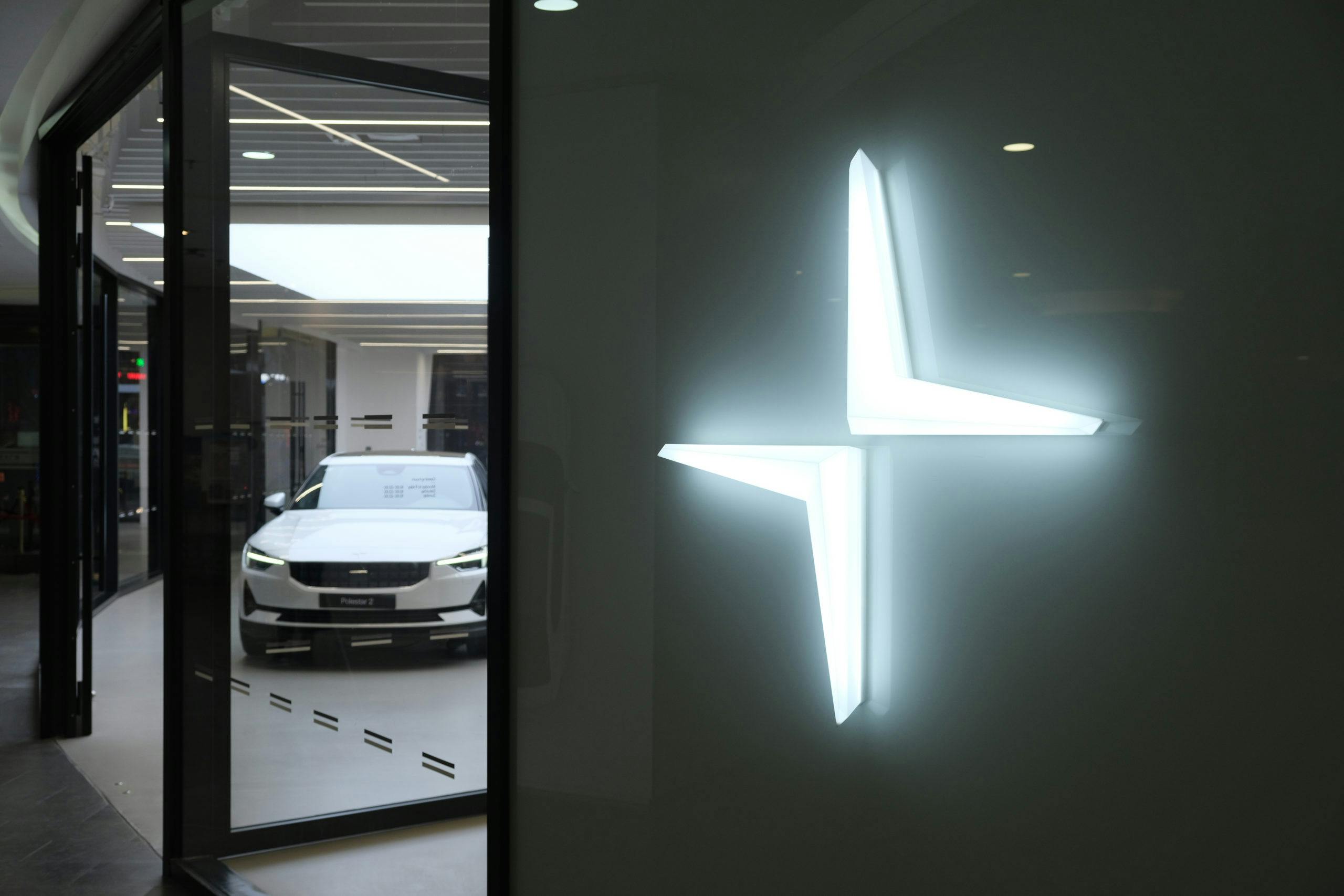Polestar aims to be one of the leading brands in the luxury segment when it comes to sustainability and electrification. Its existing models, the limited-run Polestar 1 plug-in hybrid grand tourer and all-electric Polestar 2 sedan, are just the beginning. With the former ending production this year, the latter is the only vehicle left in the lineup…for a short time that is. A recent investor presentation revealed that Polestar is gearing up for a product blitz that begins next year. In total, the lineup will consist of four vehicles, all of them battery-electric and three will be built on platforms developed specifically for EVs.
Polestar’s investor presentation shows a lot of juicy details regarding the next three vehicles scheduled to launch from now until 2024. The first will be the Polestar 3 crossover that was recently teased again wearing pixel camouflage. That model begins production next in 2022 and will be sized similarly to the Porsche Cayenne. It will be built in two facilities, Chengdu, China, and Charleston, South Carolina, the latter of which will be the same facility building the successor to the Volvo XC90. The Polestar 3 won’t be cheap, though, because Polestar is aiming to position it around the same ballpark as the Porsche Cayenne, which starts at roughly $70,000. Like its Volvo counterpart, the Polestar 3 will be on the SPA2 architecture built specifically for battery-electric applications.
Following the Polestar 3 will likely be one of Polestar’s bestselling models, the Polestar 4. To be built at Geely’s Hangzhou Bay facility starting in 2023, the Polestar 4 is a peculiar crossover because it will be on the PMA platform, which was codeveloped by Volvo and Geely. Like the CMA platform underpinning the Polestar 2, the PMA architecture will likely underpin smaller Volvo and Polestar models. Like SPA2, it was also developed specifically for battery-electric applications. The Polestar 4 will slot below the Polestar 3 and be sized similarly to the Porsche Macan and Volvo XC60, giving it a higher chance of becoming the highest volume model in the brand’s lineup.
The final vehicle on Polestar’s portfolio will be the Polestar 5, the production version of the Precept concept car. It will share the same SPA2 underpinnings as the Polestar 3, the successor to the Volvo XC90, and the third generation XC60. In terms of size, the car will be like the Porsche Panamera. This will likely be a six-figure vehicle and serve as the next flagship. Production of the Polestar 5 will be located at a Geely-owned, Polestar-operated plant in Chongqing, China.
Polestar says the next three models will have a range of around 600 km or more on the WLTP cycle. That’s around 373 miles per charge but it’ll likely be lower in the U.S. due to the more conservative EPA cycle. These estimates are likely for the longest-range version of each model. In the case of the Polestar 3 and Polestar 5, that’s likely a dual-motor variant but the power levels will likely be slightly less than the most potent variant to make these iterations as efficient as possible. The Polestar 4, on the other hand, could get a single-motor model since it will be priced lower and positioned as an entry point to the Polestar brand.
The next round of Polestar models is promising thanks to them being designed from the ground up as battery-electric vehicles. Starting with the Polestar 3, you’ll see the design language transition from the current iteration, which is an evolution of the Volvo family look. Cues from the Precept will be integrated into the next round of Polestar models, eventually culminating into the Polestar 5, the next flagship.

